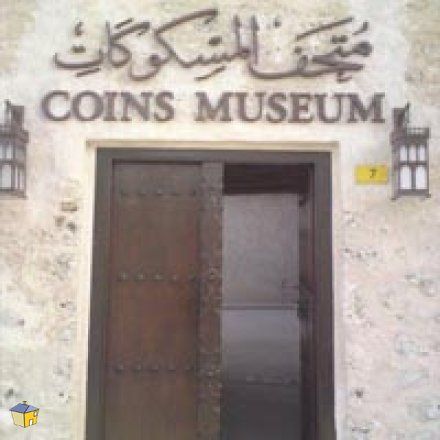Located in King Hussein Street, the Central Bank of Jordan Currency Museum houses an incredible display of historical and modern Jordanian currencies. The depth of the exhibits that go back through Jordan history, even as far as the beginning of civilization, leaves people surprised at their expectations of the museum.
It is nearly more than just about the country’s currency, but also examines the Jordanian culture and history of development. These coins that were collected from the various periods were used during the time of the Greeks until the very last issue of Jordanian bank notes and coins. These banknotes were notably issued during the Islamic period from the artwork that was printed on them.
This museum examines Jordan’s culture and development through an exhibit of coins from various periods. The collection at the museum contains a number of old and new coins, which were used in Jordan from the time of the Greeks until the last issue of Jordanian coins and banknotes, notably during the Islamic period. In addition, the museum contains coins and banknotes issued by the Jordanian Currency Board and the Central Bank of Jordan, as well as the commemorative coins and medals issued by the bank.
The exhibit also shows a collection of bank notes and coins that were used by the Jordanian Currency Board and Central Bank of Jordan. These include commemorative coins and medals that have been issued by these two institutions through the years.
The staff is friendly and welcome questions and point out coins. People who present their passports or any forms of identity enter the Central Bank of Jordan Currency Museum free of charge. It is definitely recommended for anyone who has some free time to spare in Amman and loves the history behind money, coins and banking.
The Central Bank of Jordan has been aware of the significance of a coinage and numismatics museum to exhibit the various coins that were circulated in the Jordanian territory throughout history. The bank’s efforts were culminated in the early 1980’s in establishing the present Currency Museum which was officially inaugurated by His Majesty Late King Hussein bin Talal in 1988.
The collection at the museum contains a number of old and new coins, which were used in Jordan from the time of Greeks until the last issue of Jordanian coins and banknotes, notably during the Islamic period. In addition, the museum contains coins and banknotes issued by The Jordanian Currency Board and The Central Bank of Jordan, as well as the commemorative coins and medals issued by the bank.
The following is the museum’s collection arranged in chronological order:
The coins which had been circulated in Jordan before Islam. This includes coins circulated from the 5th century B.C to the 7th century A.D starting with Greek, Nabataean and Roman coins in addition to the coins of the Decapolis, Byzantine and Sassanian .
The early Islamic coins (Arab-Sasanian and Arab Byzantine coins), in addition to the Islamic coins which were struck from the 7th century A.D to the 16th century A.D during the period of the Umayyads, Abbasids, Fatimids, Ayyubids, Mamluks, and Mongols.
The Ottoman coins which were circulated in this region from the 16th century A.D onwards in addition to the coins and banknotes of the Hashemite in Hejaz, Iraq and Syria from 1916 to 1958 as well as the Egyptian and Palestinian coins which had been circulated in Jordan before 1949

Jordanian coins and banknotes which were issued by The Jordanian Currency Board in 1949 , and The Central Bank of Jordan from 1964 to the present time, including the commemorative coins and medals which were issued by the bank to commemorate several occasions.
Opening hours Daily from Sunday to Thursday from 8:00 am to 4:00 pm.*